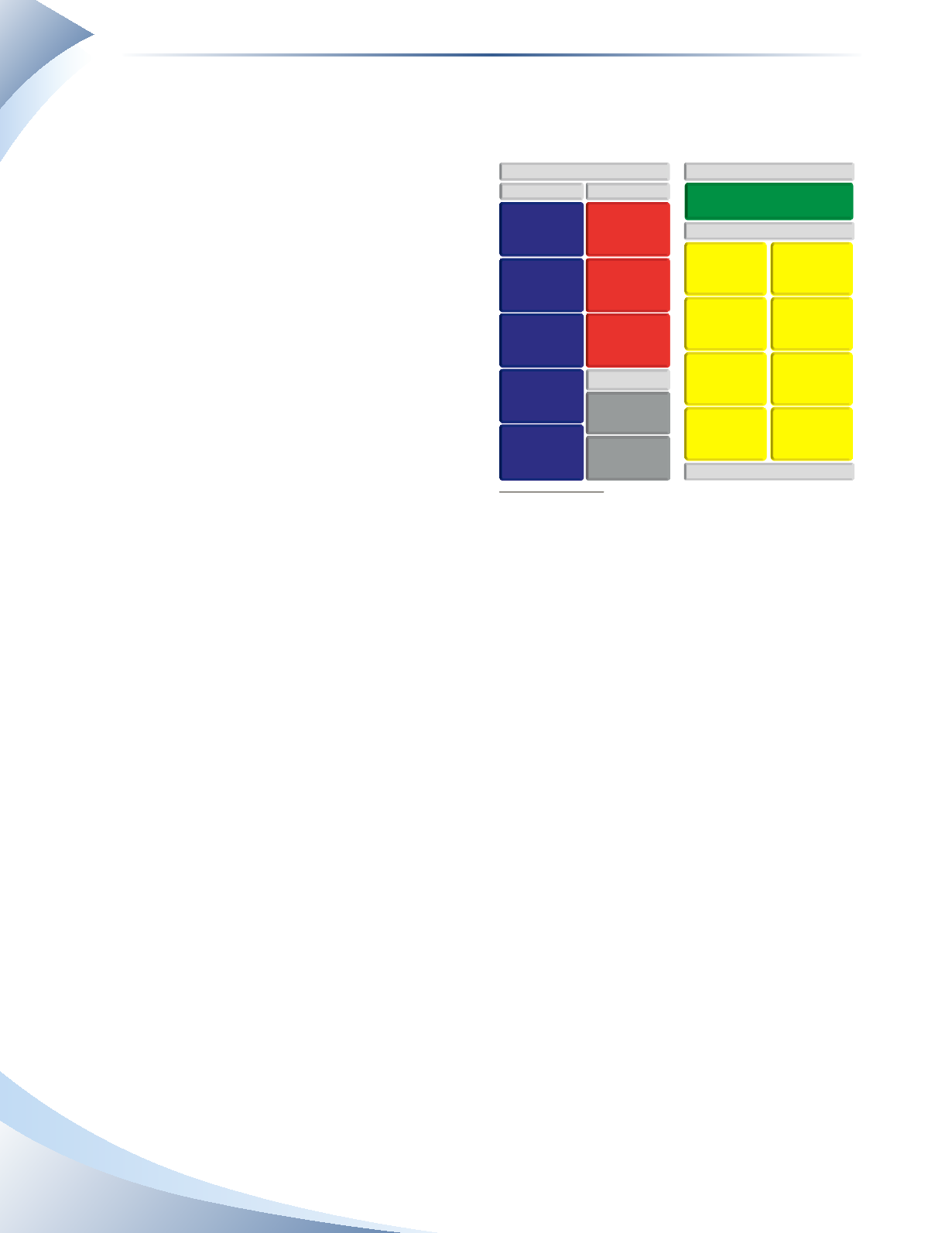
Chapter 3
The Accounting Framework
62
amount they have invested in the form of shares. Thus, owners or shareholders have limited
liability.
Moreover, the life of a corporation is indefi-
nite and is independent of the lives of the
shareholders.The corporation’s operations are
not directly controlled by its shareholders, but
they elect a board of directors to oversee the
corporation. Members of the board of direc-
tors and senior management can be finan-
cially and legally accountable for the actions
of the corporation. The behaviour of officers
of the corporation is governed by a number of
rules including those relating to responsible
accounting and cash management.
The balance sheet of a corporation uses the
term shareholders’ equity for the equity
section, and it is equal to the difference between assets and liabilities, just like a sole proprietor-
ship or partnership. For example, if the assets are worth $100,000 and the liabilities are worth
$60,000, the shareholders’ equity is equal to $40,000. If the corporation were to sell all its assets
for $100,000 and use some of the cash to pay the liabilities of $60,000, the remaining $40,000
cash would represent the shareholders’ equity and would belong to the shareholders. If there
were two equal shareholders, each one would be paid $20,000. If there were 20 equal share-
holders, each would be paid $2,000. In other words, the shareholders’ equity is divided among
the shareholders in proportion to the number of shares that they own.
Corporations can be set up as either public or private enterprises. A public corporation allows
its shares to be sold to anyone in the general public who wishes to buy them. This gives the
public corporation access to a large amount of cash to help grow the business. Typically, a public
corporation will have thousands of individual shareholders. Stock exchanges such as the Toronto
Stock Exchange or the New York Stock Exchange allow buyers and sellers to trade shares of
public corporations.
A private corporation does not allow its shares to be sold to just anyone, and often the shares
are held by a few individuals. Private corporations are subject to less stringent reporting require-
ments than public corporations, and private corporations in Canada sometimes receive income
tax benefits that are unavailable to public corporations.
FIGURE 3.3
INCOME STATEMENT
NET INCOME (LOSS)
EXPENSES
2
ASSETS
BALANCE SHEET
LIABILITIES
CASH
ACCOUNTS
RECEIVABLE
PROPERTY, PLANT
& EQUIPMENT
PREPAID
EXPENSES
OFFICE
SUPPLIES
ACCOUNTS
PAYABLE
UNEARNED
REVENUE
LOANS
PAYABLE
REVENUE
SHAREHOLDERS’EQUITY
COMMON
SHARES
RETAINED
EARNINGS
TRAVEL
INSURANCE
DEPRECIATION
INTEREST
MAINTENANCE
SALARIES
RENT
UTILITIES


